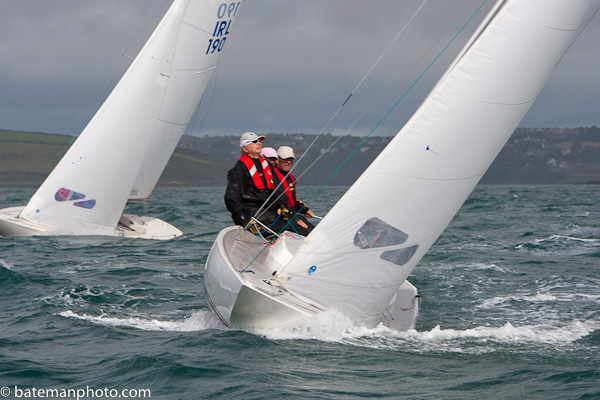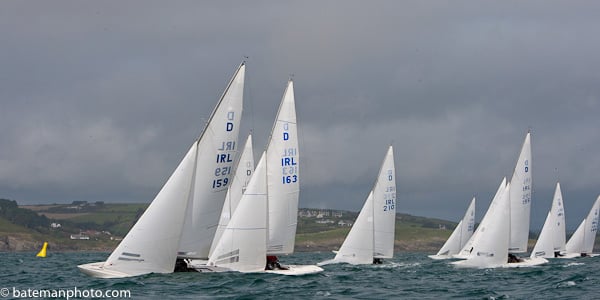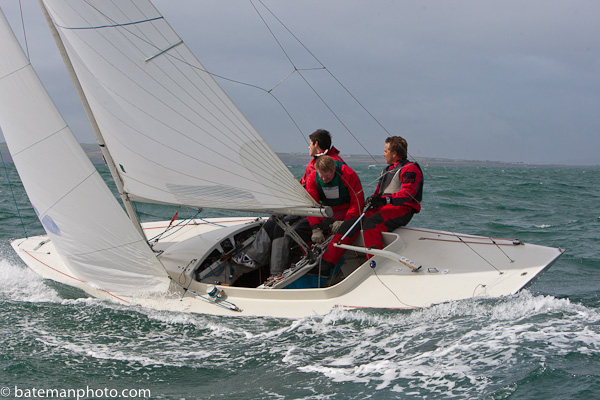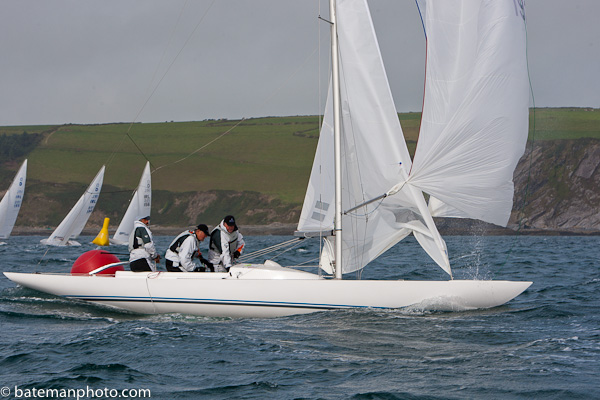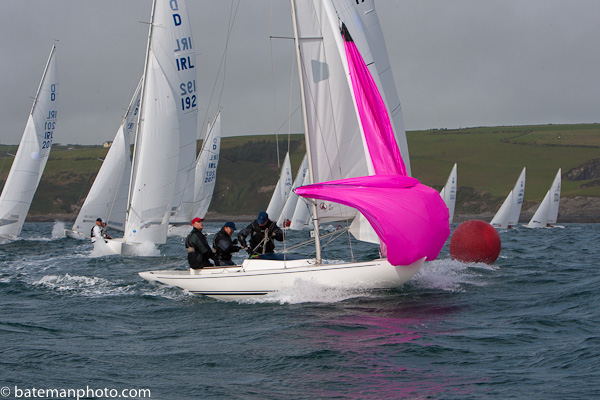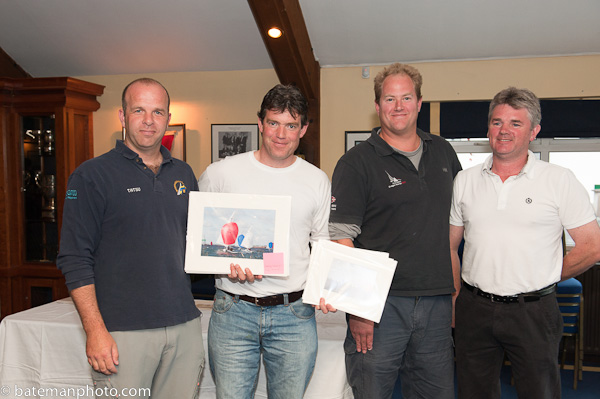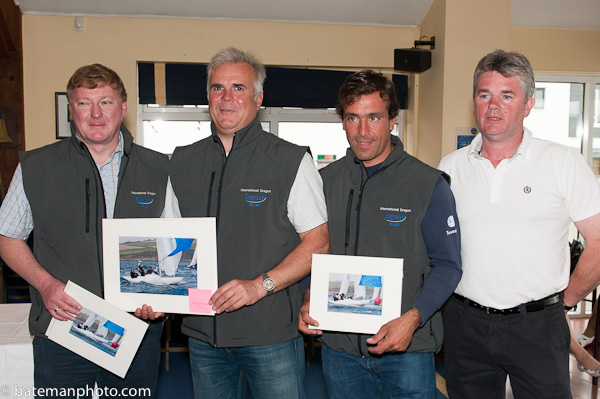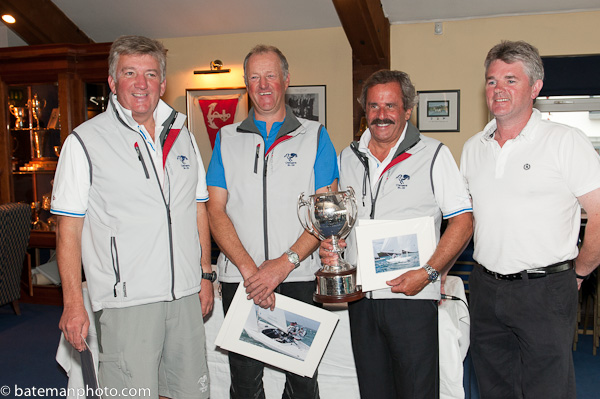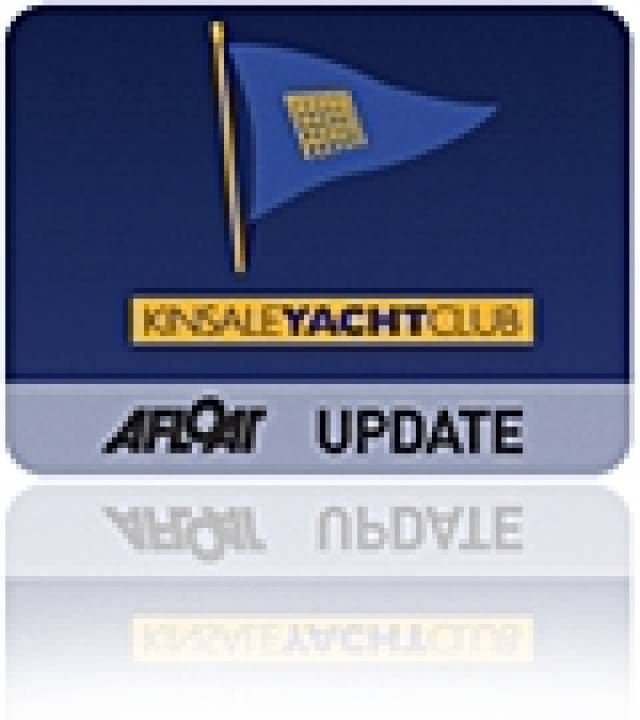Andrew Craig won the first race with the current National Champion Martin Byrne's Jaguar (IRL201) finishing second and Kinsale's Little Fella (IRL211) helmed by Cameron Good and crewed by Simon Furney and Henry Kingston in third.
Martin Byrne with Adam Winkelman and Pedro De Andrade won the final race, their third bullet of the regatta, and Andrew Craig finished in second to clinch the title. Garry Treacy's Dublin Bay (IRL198) crewed by Olympic Star campaigners, his son Max and Anthony Shanks, took third place.
The Royal St George Yacht Club's Andrew Craig was followed by fellow club member Martin Byrne in second place overall with Kinsale Yacht Club's Cameron Good in third and James Matthews in fourth. The George completed the podium with Garry Treacy in fifth and Neil Hegarty in sixth.
At the prize-giving Andrew Craig complemented Kinsale Dragon fleet Class Captain Anthony O'Neill on an excellent regatta.
Overall Standings;
1. IRL192 Chimaera Andrew Craig RStGYC
2. IRL201 Jaguar Martin Byrne RStGYC
3. IRL211 Little Fella Cameron Good KYC
Race 5
1. IRL192 Chimaera Andrew Craig RStGYC
2. IRL211 Little Fella Cameron Good KYC
3. IRL201 Jaguar Martin Byrne RStGYC
Race 6
1. IRL201 Jaguar Martin Byrne RStGYC
2. IRL192 Chimaera Andrew Craig RStGYC
3. IRL198 Dublin Bay Garry Treacy RStGYC
Full results HERE
The 2011 Dragon Irish National and Open Championship will be held at Kinsale, the venue for the 2012 Dragon Gold Cup.
